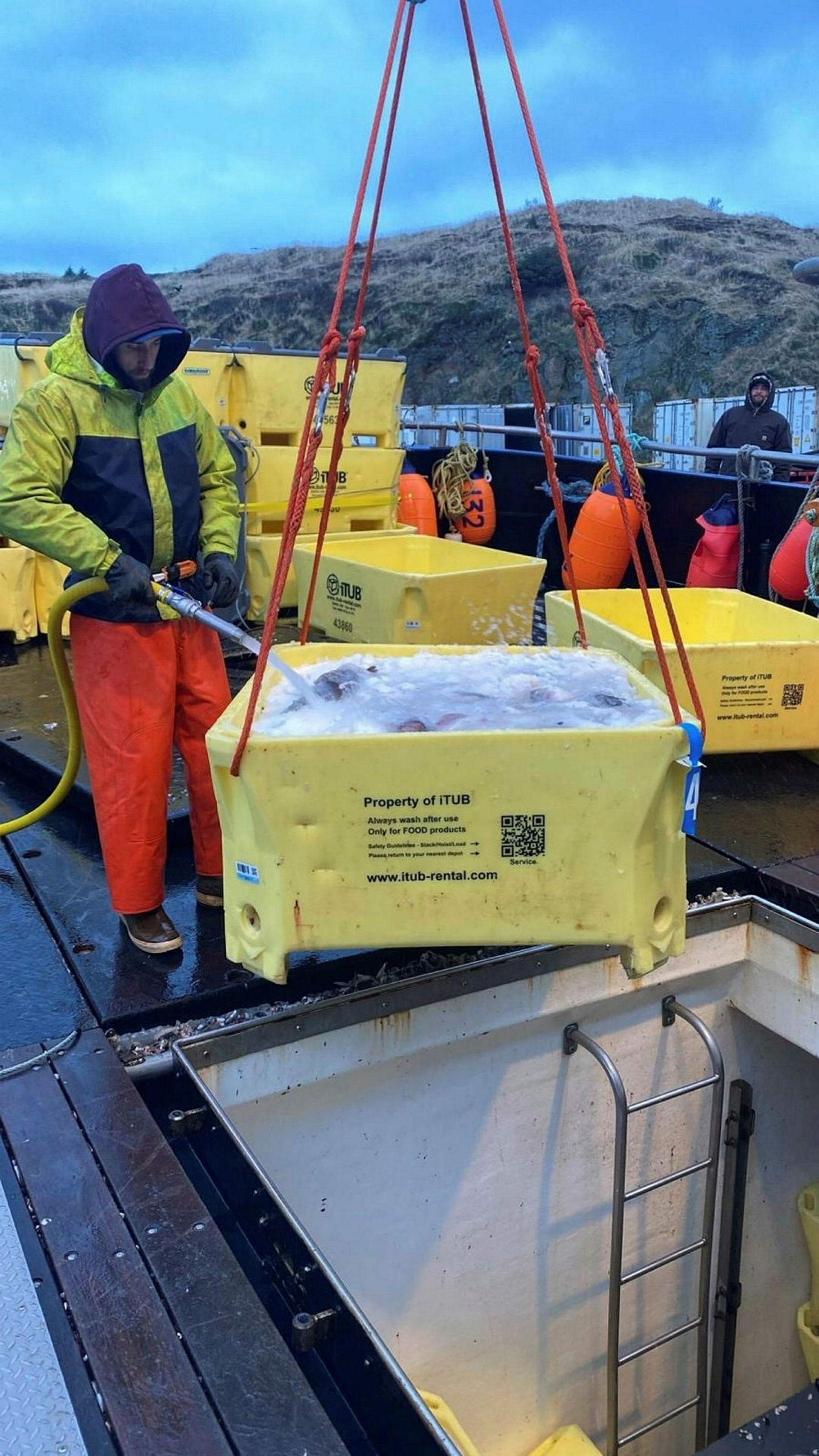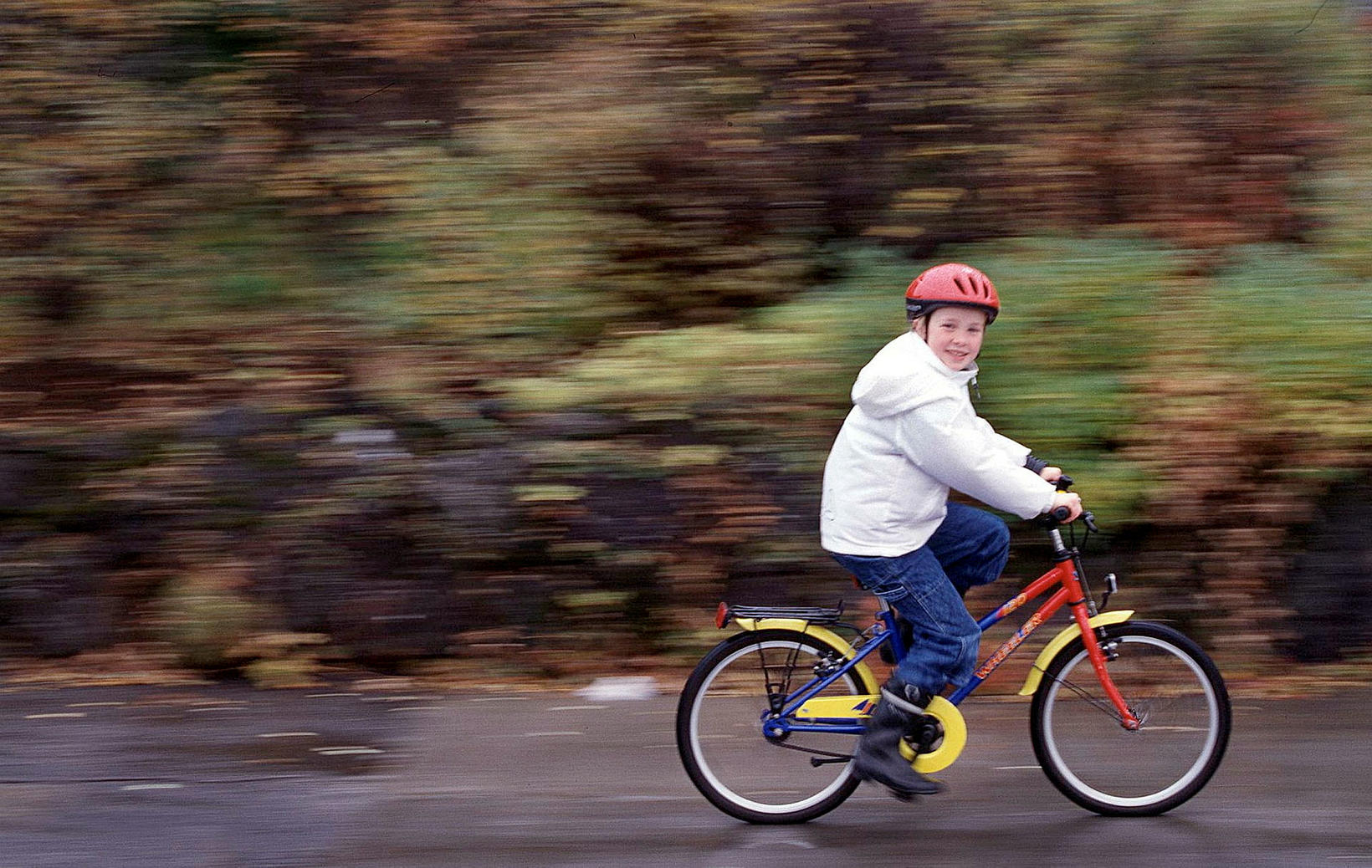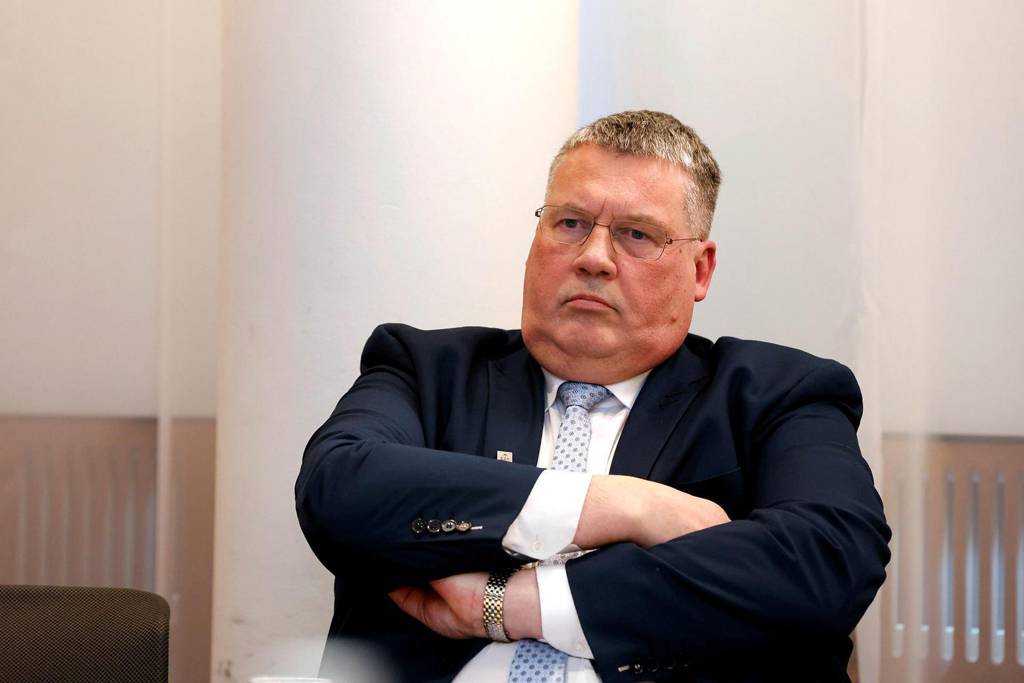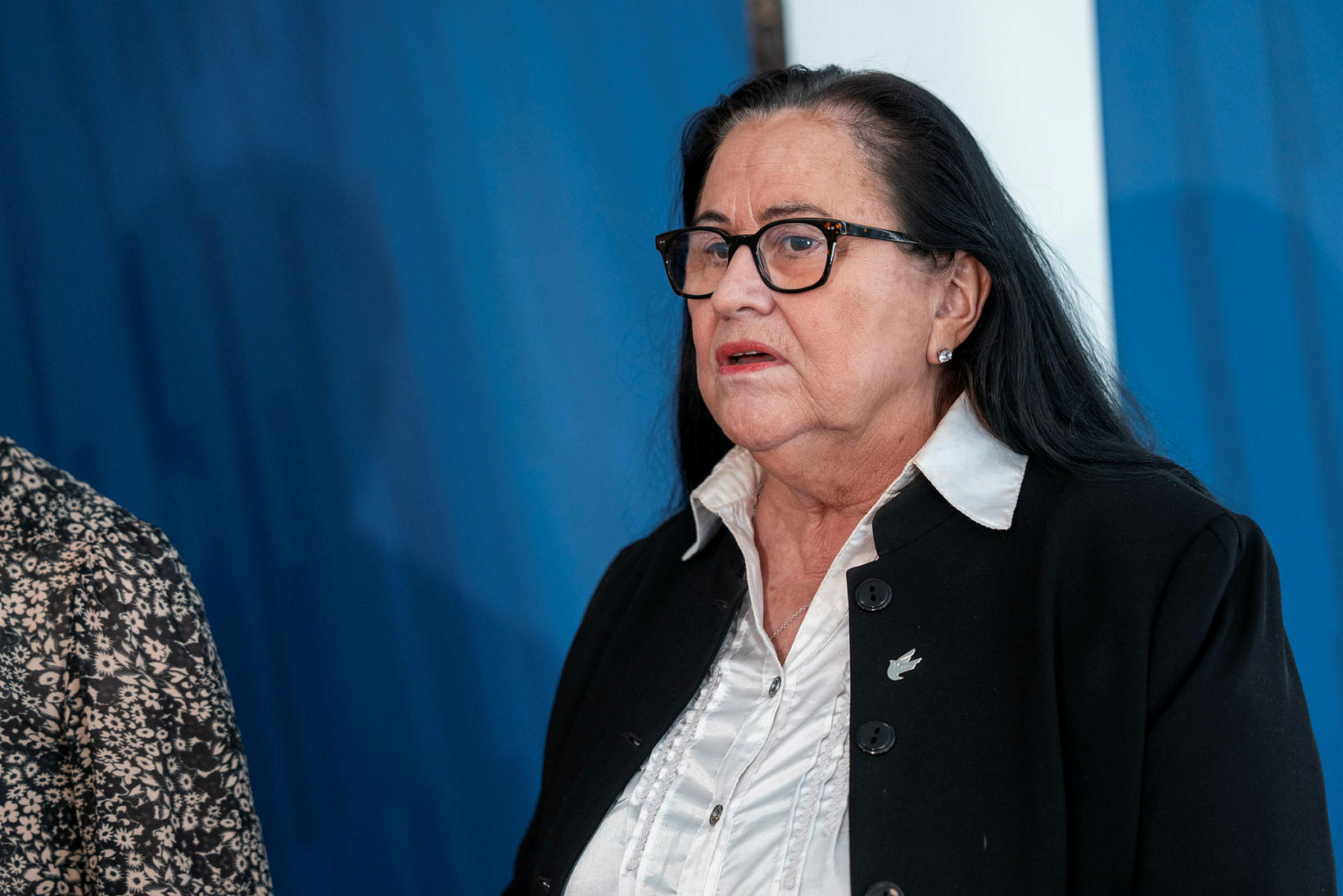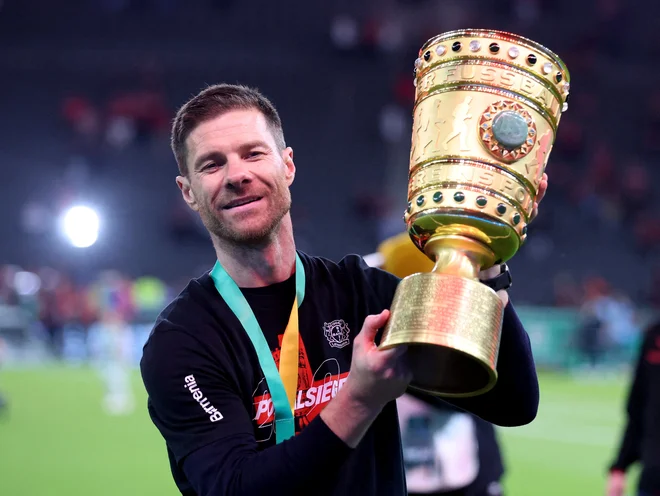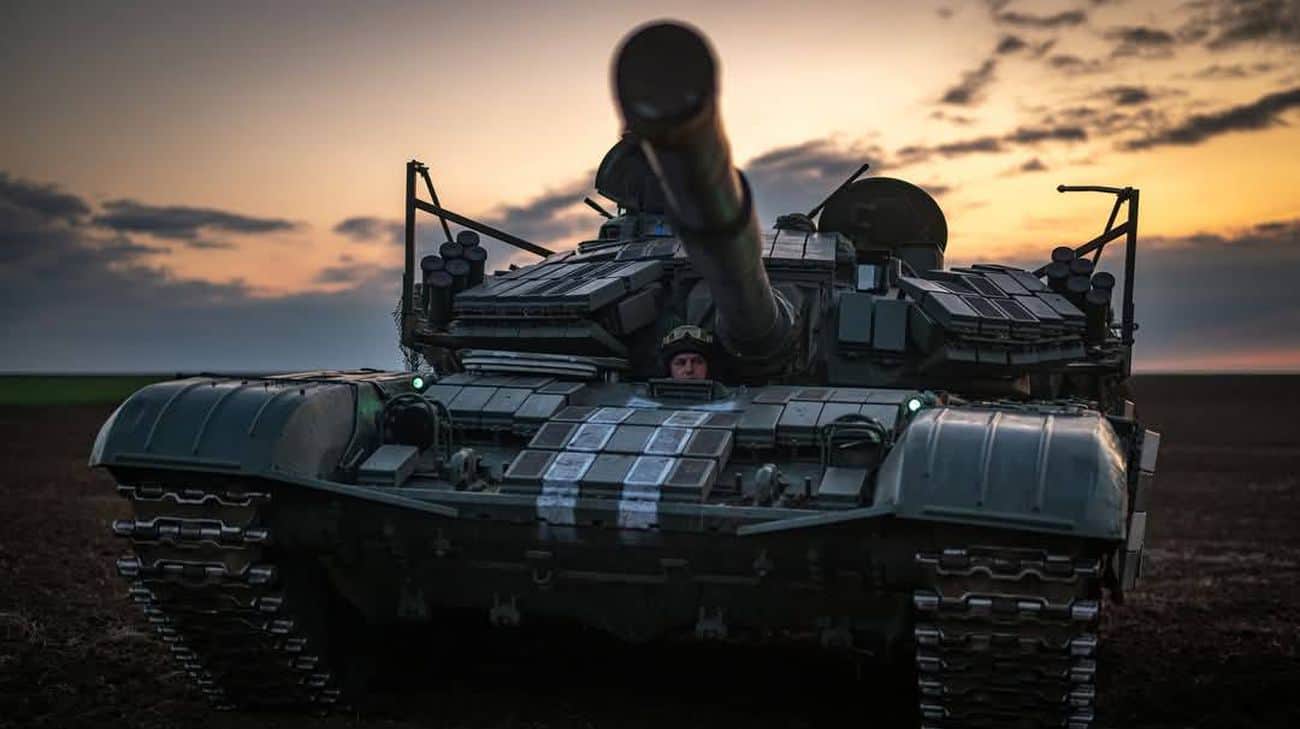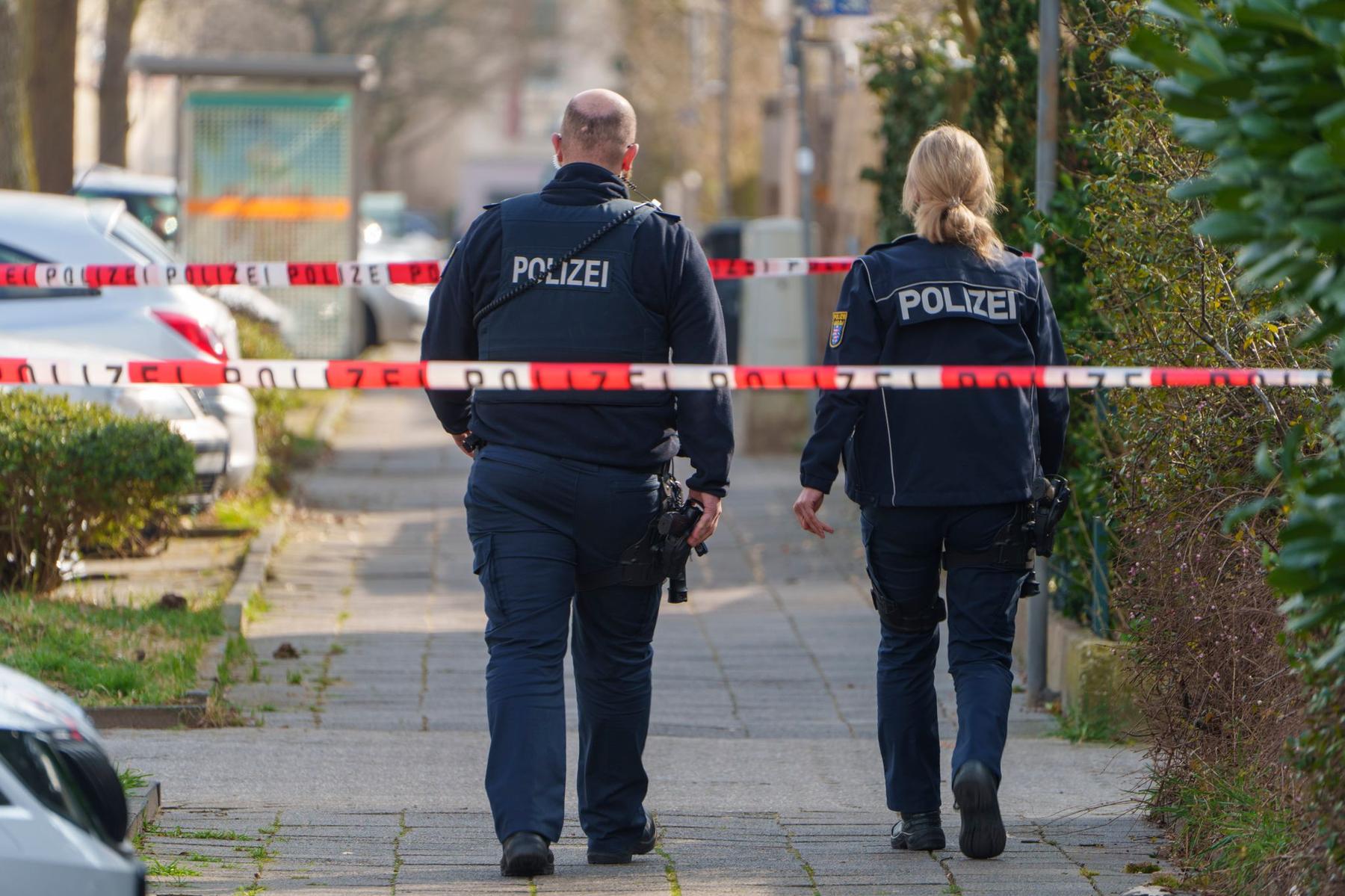Pioneer in Alaska applies Icelandic methods
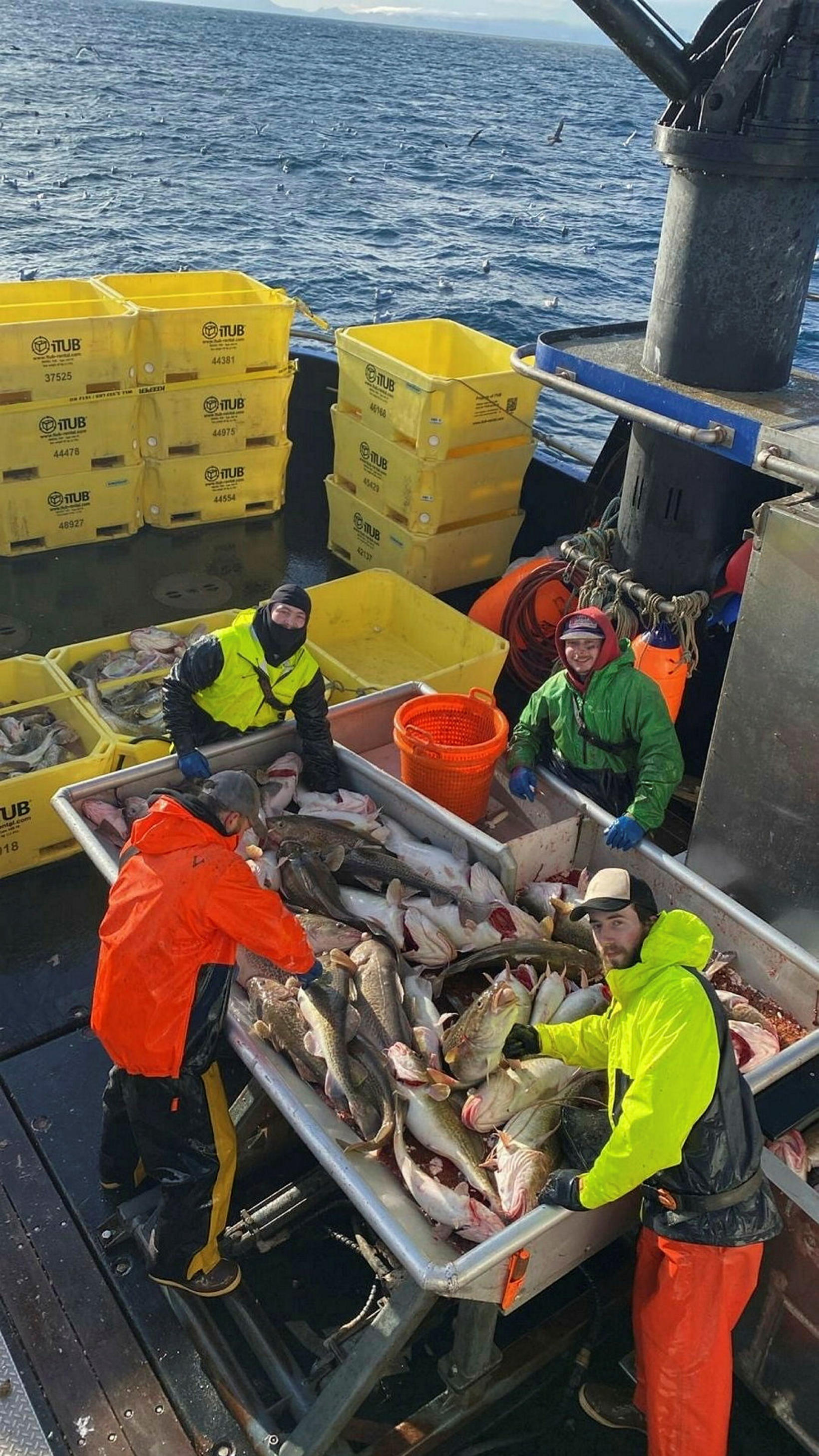
Homer is about five thousand people based on Kenaican in Alaska on the Cook Gulf, about 200 kilometers southwest of Anchorage, the largest city of this most widespread state in the United States. There you will find the small company Kaia Fisheries LLC, which has focused on fishing in Pacific cod, which is the cousin of the Atlantic cod, which we know better in Icelandic waters. Also, fisheries in the area in Alaskan and halibut. Kaia, on the other hand, makes Dutch Harbor on Amaknak Island, which is about 1,200 miles west but Homer.
It is a great deal of pudding and pull to pursue a seafaring in Alaska, as product prices have been low, even dropping to USD 0.25 pounds, or about 71 kroner per kilo for Pacific cod. At the same time, about ISK 425 has been obtained for a kilo of Icelandic cod, or 1.5 US dollars on the pound. Quantity is therefore important and is all about getting the most catch in the shortest possible time.
The quality of the catch has not been of great importance as the large buyers of the catch just want a stable quantity that is used in a lot of processed foods. This fish is not much to find out on the expensive restaurants in the cities of the United States.
However, the owner of the company Kaia, Erik Velsko, has decided to redefine what it is to operate a fishing company in the area on the basis of Icelandic practices and looks specifically for catch treatment. This calls for a completely different approach and methodology and has been worked in that direction in collaboration with the Icelandic companies Sæplast Americas (subsidiary Sæplast), race and Matis and worked systematically to deliver the best quality and thus get more for every kilo.
Much more shelf life
« They need to fish a huge amount to keep in and hold and keep the crew. They have to fish so much that it has not been possible to carry out ships maintenance, it has not been time for it, » says Hilmir Svavarsson, ITUB’s CEO, but that company
« In Alaska, people have been cooling the fish just directly on the train. Before, they have just pumped the catch into so-called RSW tank which are so filled with chilled sea, but it just doesn’t cool well enough and when people are letting the catch just directly into the train, they even just run water.
By bleeding the catch at the same time and bringing it into a scrap from a racing machine in isolated baskets from Sæplasti, it manages to maintain much higher quality than the method used by the region’s companies to date. There may be no news for you, dear readers, but it is a complete breakthrough for Alaska fishing company, Hilmir says.
With the Icelandic practices, the maximum fishery of the fish is on average for 16 days, which is six days longer than the previous method. Six days are big if you look at how far Dutch Harbor in Alaska is from the markets where purchasing power and the willingness to pay is the greatest for high quality. It can be mentioned that from Dutch Harbor there are 3,135 miles in a straight airline to Seattle. It is not the same distance from Keflavik to Quebec in Canada.
Opportunity
Hilmir says Kaia has invested in Krapacips from the race but it would be a big bite to buy all the pots too. It is therefore convenient to be able to get pots through rental arrangements.
« The big parties have been buying a pot from Sæplast Americas for use in fish processing but never on board boats. This is so new that the boats are being taken.
He clearly states that with the pots there will not be as much room for catches on board, but on the other hand there will be a much higher price for every land of kilos. In addition, increased income gives the opportunity to reduce the effort and also save the cost of oil and bait, according to Hilmis.
« It is fun to participate in reform projects like this. It’s rewarding. Moved all the way to Seattle, ”he says.
Hilmir says he has a great deal of support in Alaska and some companies have already decided to adopt the Icelandic method in the next season, which starts this fall. He did not doubt the growing opportunities for Sæplast/ITUB and Alaska race.

